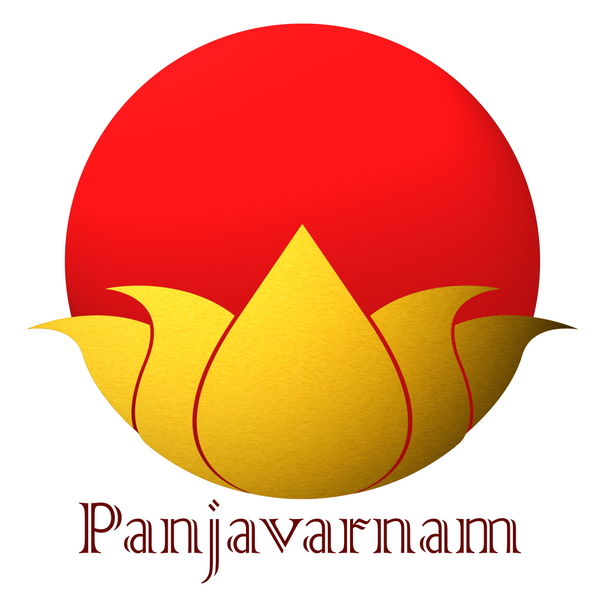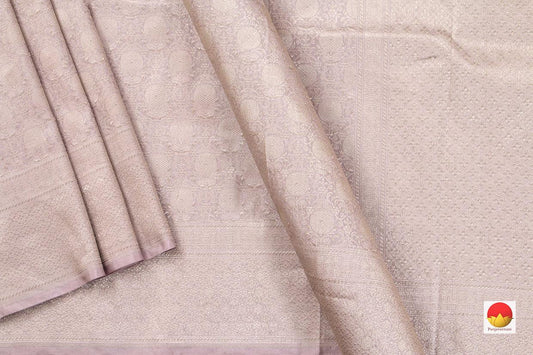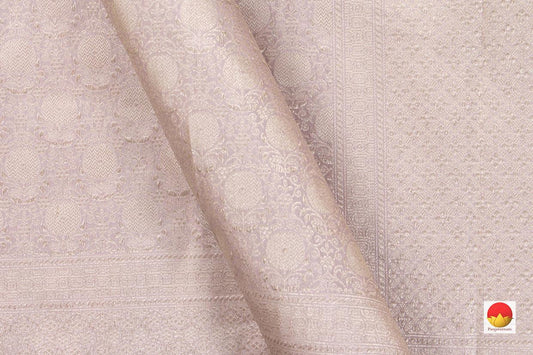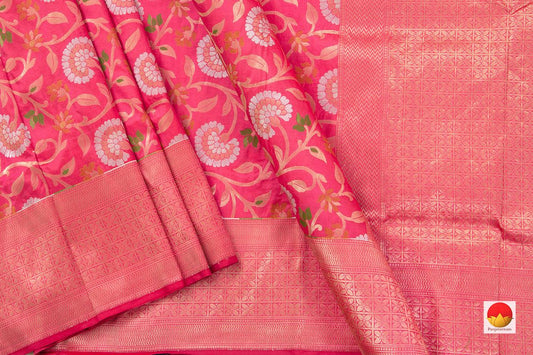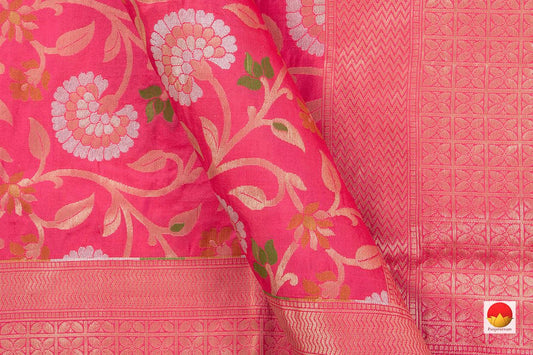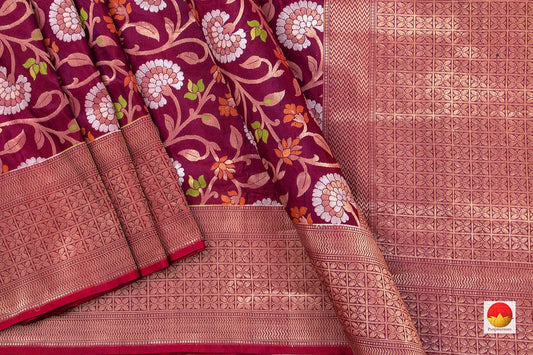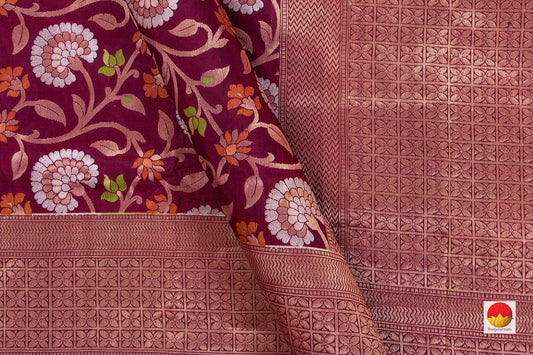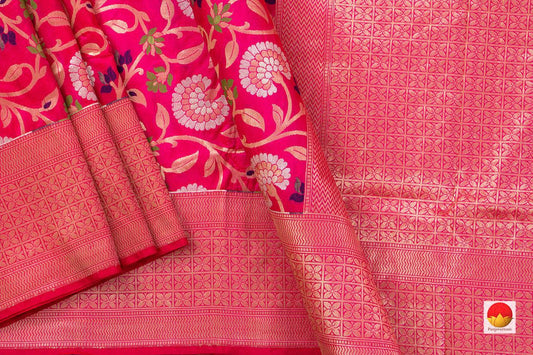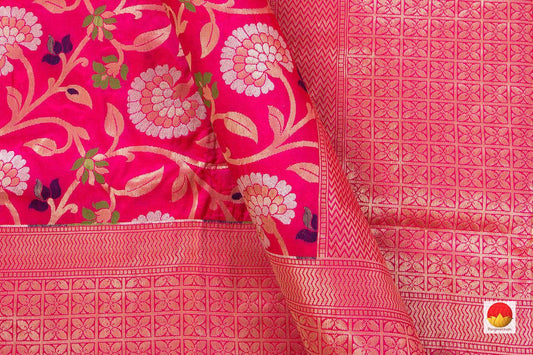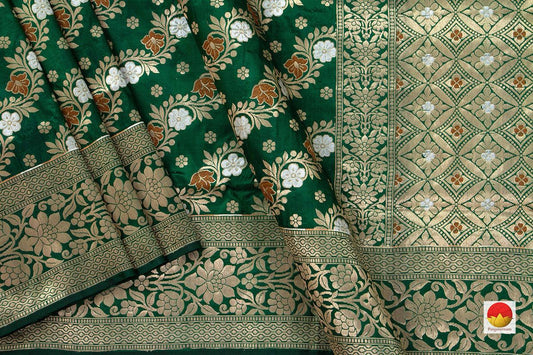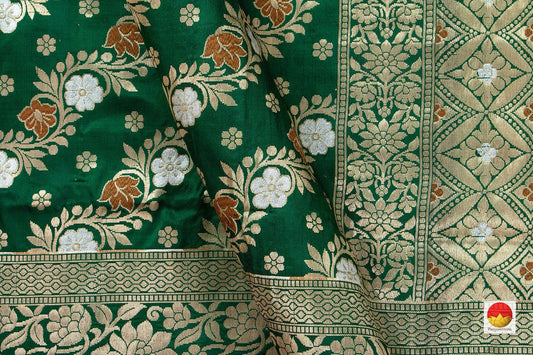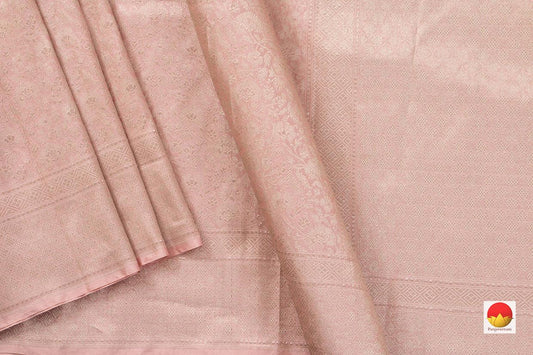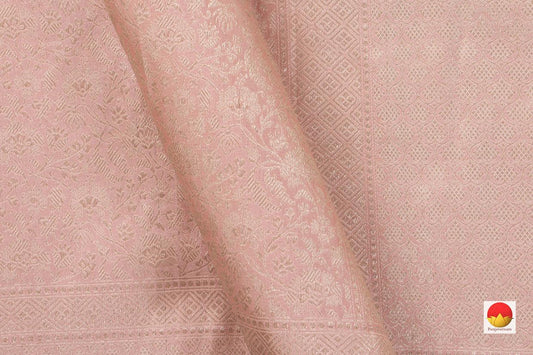Collection: Buy Tanchoi Banarasi Silk Sarees Online
-
Pastel Mauve Tanchoi Banarasi Silk Saree Handwoven Pure Silk PB KO 105
Regular price Rs. 39,900.00Regular priceUnit price / per -
Pink Tanchoi Banarasi Silk Saree Handwoven Pure Silk PB SN 106
Regular price Rs. 30,000.00Regular priceUnit price / per -
Burgundy Tanchoi Banarasi Silk Saree Handwoven Pure Silk PB SN 105
Regular price Rs. 30,000.00Regular priceUnit price / per -
Dark Pink Tanchoi Banarasi Silk Saree Handwoven Pure Silk PB SN 103
Regular price Rs. 30,000.00Regular priceUnit price / per -
Green Tanchoi Banarasi Silk Saree Handwoven Pure Silk For Festive Wear. PB SN 102
Regular price Rs. 30,000.00Regular priceUnit price / per -
Coral Pink Tanchoi Banarasi Silk Saree Handwoven Pure Silk For Party Wear PB KO 101
Regular price Rs. 39,000.00Regular priceUnit price / per
Latest Banarasi Silk Collections
-
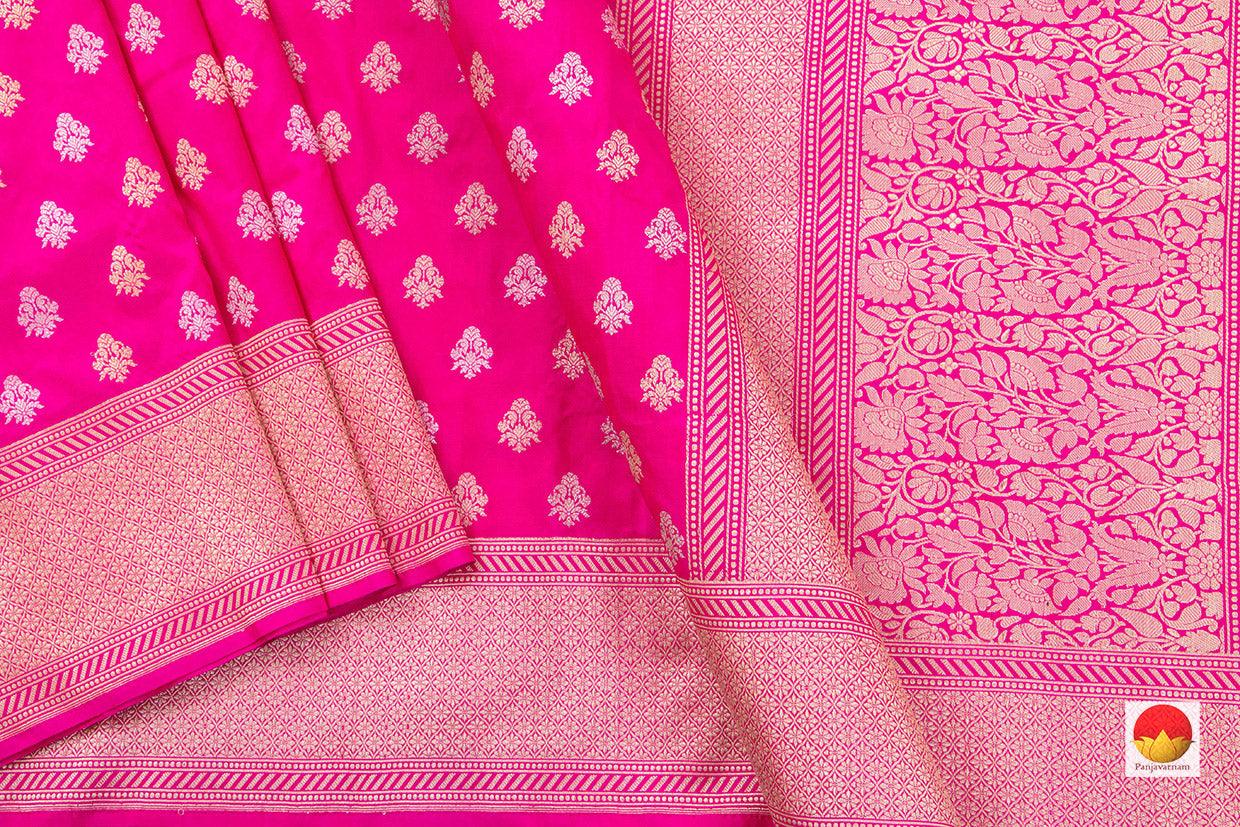
Buy Banarasi Katan Silk Sarees Online
Banarasi Katan Silk Sarees are handwoven in double twisted pure silk yarn...
-
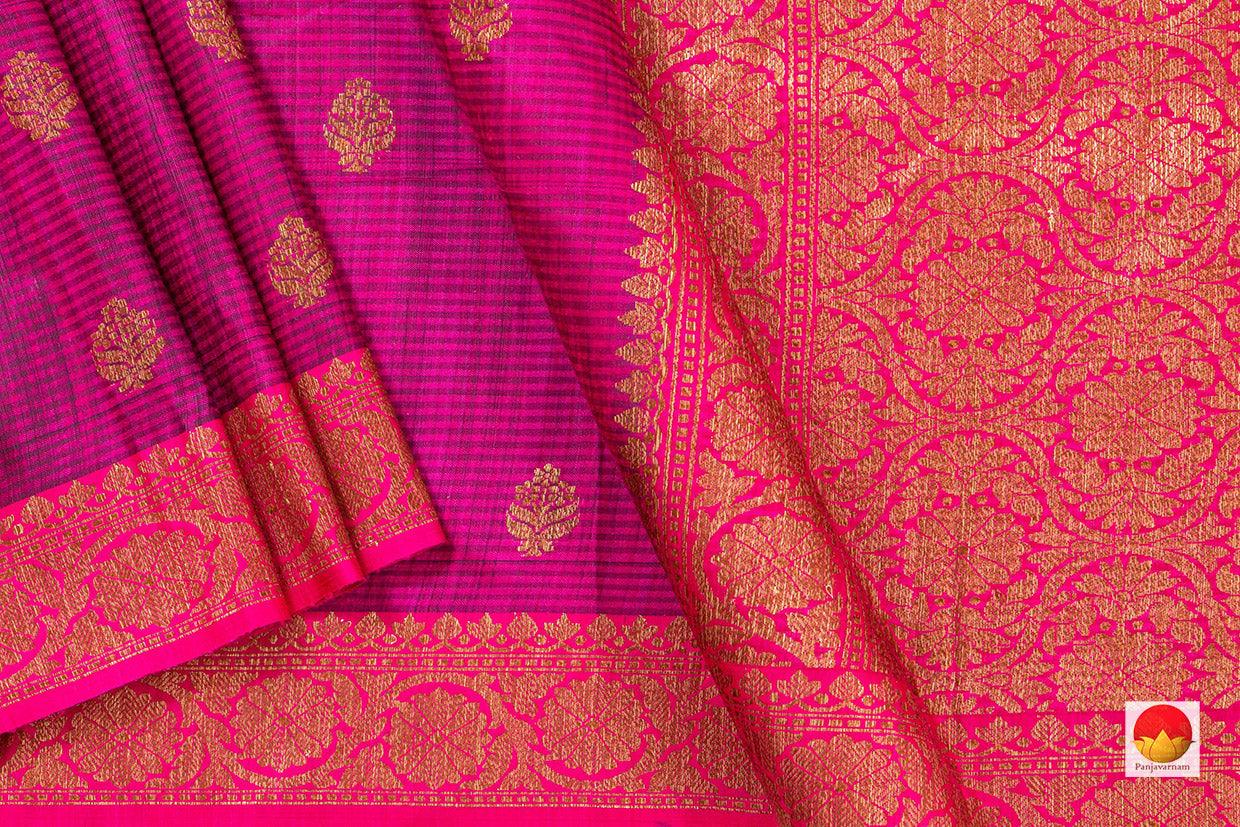
Buy Banarasi Matka Silk Sarees Online
Matka Silk Sarees are woven with a combination of raw silk and...
All you need to know about Tanchoi Banarasi Silk Sarees
History of Tanchoi Banarasi Silk Sarees
Threads of Transformation: The Borders of Art and History
The history of Banarasi silk sarees goes back to the time of the Mughals when Persian artisans employed their weaving techniques in the city of Varanasi in India.
Tanchoi silk traces its roots back to the mid-19th century when a businessman engaged three weavers from an artisan family in Surat to travel to China and learn how to weave brocade silk.
The name Tanchoi originated from the Gujarati word "Tran,” which means "three,” and reflected the contribution of three brothers in the manufacturing of this type of silk.
The Dance of Hands and Unveiling the Tanchoi Banarasi Weaving Process
Warp: At the base of the saree, there are durable silk threads that are straightened and stretched in length on the loom. Tanchoi sarees commonly use one or two warp threads. Weft: In the weaving of soft weft threads, which are traditionally made of high-quality mulberry silk, the horizontal threads gradually create patterns and designs. The Tanchoi process involves the use of multiple weft threads (2-5) of the same color, that help create an irregular pattern. The Magic of Jacquard or Jala: The weaver utilizes a method of either stitching using a Jacquard loom attachment to control the individual warp threads or a standard Jala system for the creation of geometric and floral motifs straight on the cloth. Traditional Banarasi Tanchoi patterns include flowers, paisley designs, and some motifs, like Kashmir Jamawar shawl designs. These motifs were carefully pre-arranged into the programmed Jacquard or Jala mechanism.
Styling Tips For Banarasi Silk Sarees
Color Selection of Sarees to match your skin tone The stunning range of colors in Tanchoi Banarasi Sarees is mesmerizing; however, finding a shade to match your complexion adds a sparkle to your overall look and enhances confidence.
Fair Skin Beauties: Shade your light with embracing soft pastel colors like baby pinks and peaches that create a halo effect, and make you shine more.
Medium Skin Magic: Rock the vibrancy of evergreen lives topped with glowing ruby reds and get the attention you have always wanted.
Dusky Diva:
Shades including magenta, maroon, and the richest green tones are the other options, bringing to life the aura of elegance and individuality you possess.
Bonus Tip: Think of the day! A vibrant color would be a great choice for an occasion. Exploring the Draping Designs for Your Tanchoi Saree
The Classic Nivi Drape
- Tuck one end of the saree at the waist and secure it.
- Make neat pleats on the Pallu (end piece) and the rest of the dress material.
- Take the pleated Pallu and drape it over your right shoulder, allowing the free end to flow down your back.
- The rest of the pleated portion can be tucked into the front waistband to create a "Nivi twist" or it can be left out to describe a more traditional look.
The Latest Sophisticated Gujarati Saree Wrap-Up.
- Tie up the saree at the waist.
- Make neat and beautiful pleats for Pallu and the upper part.
- Split the pleat into two parts. One (normally, two-thirds) piece goes on the left shoulder, hanging down, while the remaining pleated section is tucked into the front and kept in place with a waist tie, dhoti-style.
- The end of the Pallu can be fashionably draped over the opposite shoulder (right) and can also be left flowing down your back.
A Makeup Guide for Tanchoi Banarasi Silk Sarees
Flawless Foundation: Apply a level, matching base foundation to make your skin tone uniform. This way, your base remains flawless while you are glowing with your saree's elegant texture.
Eyes: Go with neutral eyeshadow shades that are slightly sparkly. The thin black line of eyeliner with mascara can accentuate eyes without making them too dramatic.
Lips: Pick a lipstick color that will match the saree's color theme. Pastel nudes, pinks, and rose tones are the classics. You can choose a darker shade of red or maroon to make a more pronounced statement but try to avoid wearing heavy makeup.
Accessorize: The Concentration of the jewelry should be on the simplicity of the jewelry, such as pearl earrings or a classic necklace that matches the saree.
Hairstyle: A tightened bun or braid in the back will surely highlight the intricate Pallu (end piece) of a saree, but loose waves may add a touch of softness as well.
At Panjavarnam, we offer a range of color shades and textures to suit each inclination and event, permitting you to design your look with unparalleled elegance and style.
Frequently Asked Questions
What is the Tanchoi Banarasi saree?
The name "Tanchoi" in Banarasi silk saree is applied to those sarees that originate from the city of Varanasi in India. Rich, intricately patterned fabrics, primarily made of silk and embellished with Zari or gold threads, are commonly associated with Banarasi weaves. Tanchoi Banarasi sarees are made of pure silk that can be found in different shades with unique patterns.
Can I keep other clothes with the Tanchoi Banarasi saree?
Tanchoi Banarasi sarees should ideally be stored apart from other fabrics. Rougher fabrics can snag the delicate silk.
Can my Tanchoi Banarasi saree be ironed?
Use the silk setting and the lowest heat setting. To avoid scorching, always iron on the back side using a muslin towel. You can use a garment steamer or a handheld steamer at a safe distance.
How to buy Tanchoi Banarasi silk sarees online from Panjavarnam?
Browse the products on Panjavarnam's website, check the details of your chosen saree, read the product description carefully before making a purchase and click "Buy It Now" to make an online purchase.
What makes a Tanchoi Banarasi silk sarees from Panjavarnam special?
It's a user-friendly platform for finding your dream saree within your budget. We prioritize a seamless online shopping experience. Panjavarnam is committed to sustainable practices and uses eco-friendly dyes in its sarees.
How should I do my makeup for a Tanchoi Banarasi saree?
Go for a subtle look with flawless foundation, neutral eyeshadow, minimal eyeliner & mascara, and a lipstick shade that complements the saree's colors. Apply a soft blush in a peachy or rosy shade to add a hint of color and freshness to your cheeks.
What kind of jewelry should I wear with a Tanchoi Banarasi saree?
Go for simple gold jewelry like thin chains, small stud earrings, or a delicate pendant necklace. Keep it simple and elegant with pearl earrings or a classic necklace that complements the saree's color palette.
What are the popular draping styles for Tanchoi Banarasi sarees?
Nivi Drape: This is the most common and versatile saree draping style, particularly popular in South India. Elegant and comfortable, drape Pallu over one shoulder.
Gujarati Drape: Dramatic flair, with a "dhoti" style front tuck. It creates a structured and sophisticated look, ideal for showcasing the intricate border designs of a Tanchoi Banarasi saree.
What are some occasions when you can wear a Tanchoi Banarasi saree?
Tanchoi Banarasi sarees are ideal for special occasions such as weddings, festivals, and other important events. They are a well-liked option for wedding attire as well.
How to buy Banarasi silk sarees online from Panjavarnam?
Ans: Browse Panjavarnam's website, choose and review the product details of your favorite Banarasi silk saree, and click "Buy it Now" to purchase online.
